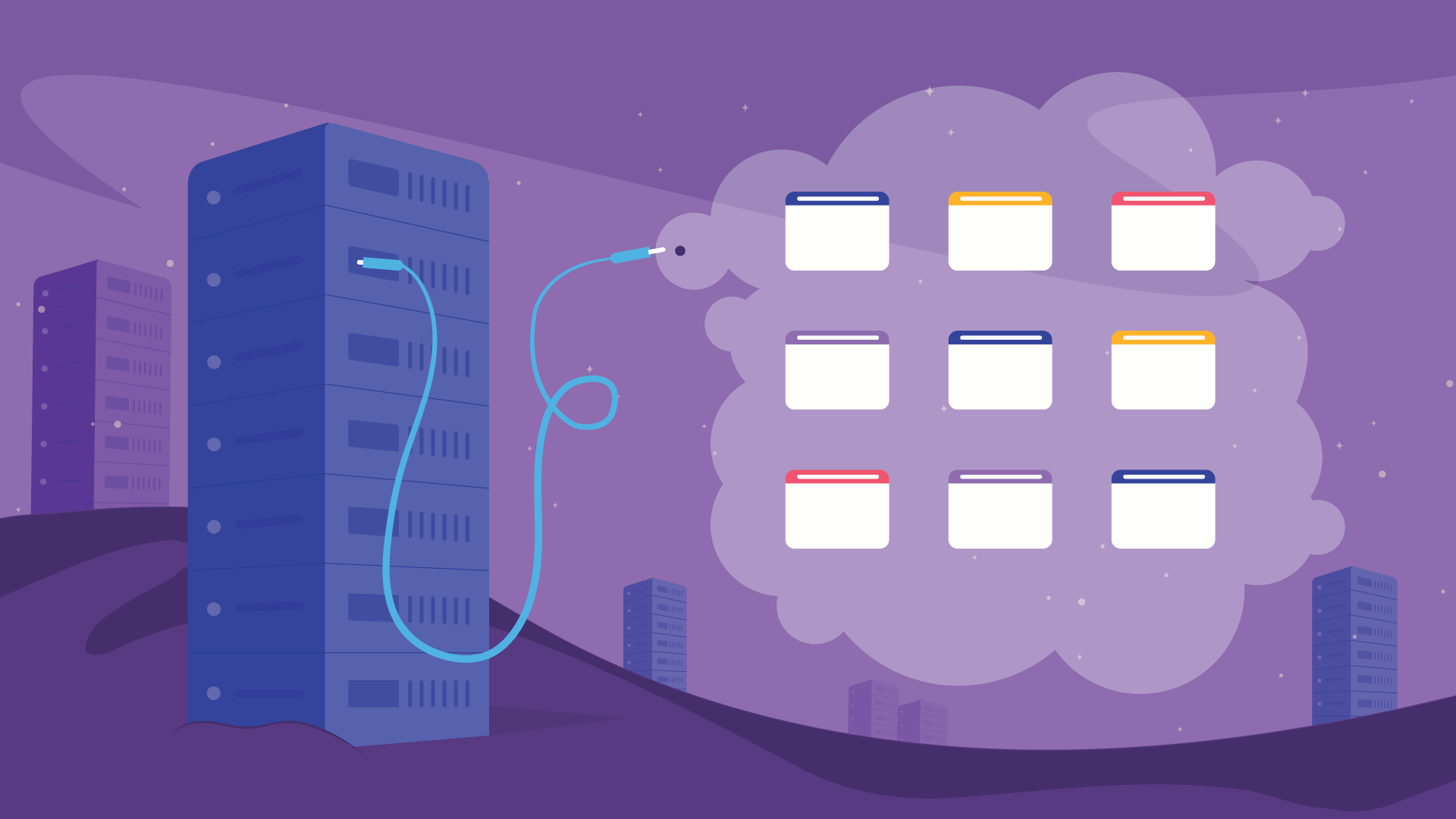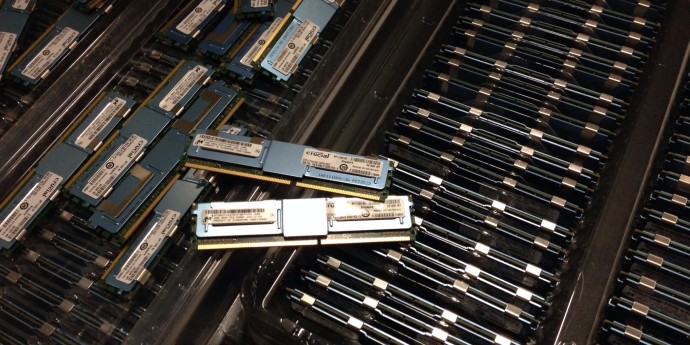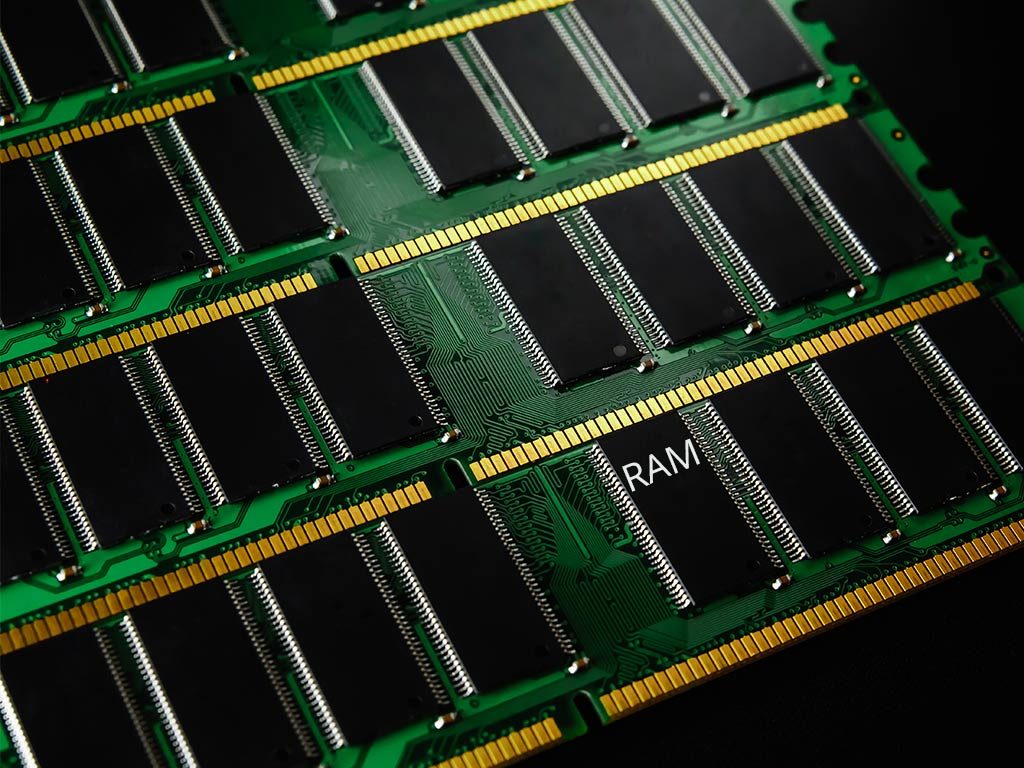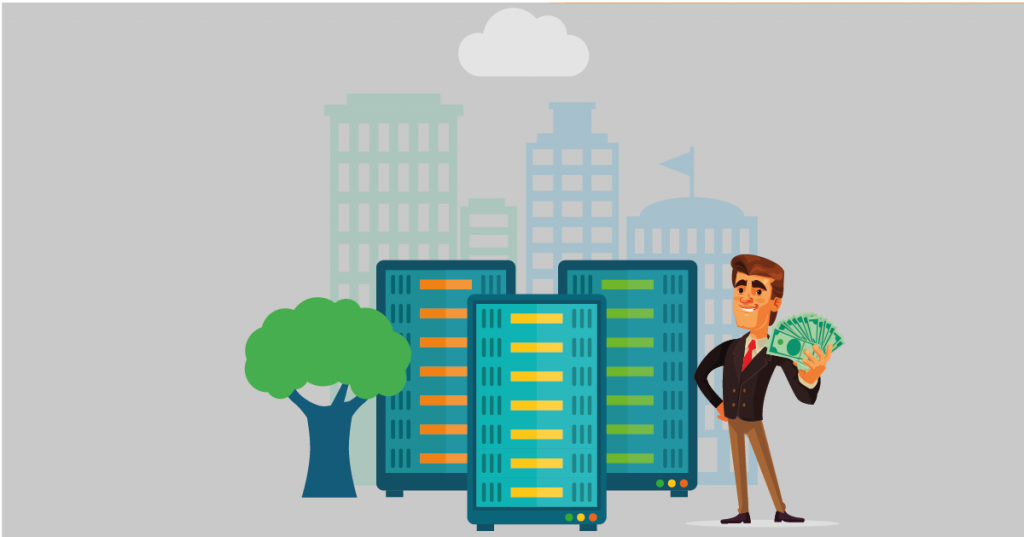Hosting RAM – for what and how much

One of the most important parameters that you should pay attention to when choosing a provider for your site is the amount of RAM on the hosting. Each time a visitor accesses the site, the server receives the information that it needs to process – fulfill database queries and give the user one of the site’s pages as an answer. The amount of such information that the server is capable of processing depends on the RAM on the hosting server.
In the case when the engine of your site does not have enough RAM for timely processing of incoming information, there may be delays in loading pages and errors may appear. Typically, sites with more than a few thousand visitors per day have such a load that it requires a fairly large amount of RAM. In order to roughly know how much RAM the hosting needs for a particular site, you need to be able to predict the number of visitors to the project and take into account its growth rate.

The amount of RAM available on the hosting is responsible not only for the speed of loading pages, but also for the simultaneous processing of requests and the performance of important functions. Unlike most hosters, https://justvps.com/ provides its customers with really good limits.
How much RAM does a small project need?
As a rule, for projects consisting of a couple of dozens of pages, the simplest provider rates are enough. Of course, provided that they have an ordinary HTML template and engine without heavy extensions. If the site is static, it does not use PHP and mySQL, even 16 megabytes of RAM on the hosting is enough for it to work.

How much RAM is needed on a hosting resource on a powerful engine?
From the experience of using CMS WordPress, we can say that for an online store based on it, 64 MB is usually enough. But with an increase in the number of users, the amount of RAM required on the hosting will increase, and with 5-6 thousand users, twice as much will be required. Another example is Drupal 8 already has higher requirements due to the need for MySQL and InnoDB. For her, 64 megabytes are considered the minimum amount for normal operation.
Shared hosting and dedicated virtual server
Despite the fact that virtual hosting can host much more sites than on a dedicated VPS server, it usually requires less RAM. This is because one heavily loaded site with a large number of users can consume more RAM on the hosting than dozens of small and unloaded sites. Naturally, if there are too many sites on shared hosting, then there will not be enough RAM for them. It is very important for VPS to correctly configure the server software so that it consumes RAM optimally. Otherwise, a site on VPS will work less productively than on a conventional hosting.

We draw your attention to the fact that when choosing the cheapest tariff with 512 MB of RAM, it is worth remembering that the ISPManager control panel is installed on the VPS, which by itself consumes about 200-300 MB constantly. In this regard, limited RAM resources remain for the site, which can cause the site to work more slowly than when it is hosted on shared hosting. As part of a shared hosting site can work well if the load on neighboring sites is small. If at the same time all the settings are made correctly and ensure optimal operation, such a site can work even better than a VPS site with poorly configured software.
Concluding, we can say that for VPS is important not only the RAM on the hosting, but also the ability to properly configure the hosting software. Only in this case the site will work more productively than on a shared hosting. With the growth of the site, the amount of resources consumed by it will inevitably increase. Various changes (adding databases, scripts, changing the engine, etc.) require you to increase the RAM on the hosting.


